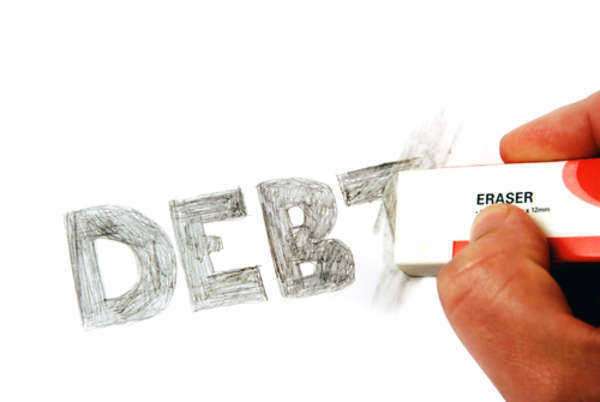
Introduction
Debt relief is an arrangement that is designed to reduce or eliminate the burden of a debt. Debt relief usually happens in two different ways. The first is debt cancellation, which completely relieves both repayment of interest and principal of a loan. The second is through debt rescheduling, which reduces the burden by reducing or rescheduling the payments.
Debt relief programs are very helpful for individual who are in a financial crisis. When accounts are being handed over to debt collectors or there is a change to lose personal property like a home or car, a debt relief program can help the situation.
If a debt is cancelled by a commercial lender, it may be necessary to report the cancelled amount for income tax purposes. This is because a cancelled loan is reportable as income when there is no obligation to repay the loan to the lender. It is usually the lender’s responsibility to report the cancelled debt to the Internal Revenue Service by using Form 1099-C, which is for cancellation of debt.
Not only may the loan after debt relief be considered income, but it may also be taxable. Under the Mortgage Debt Relief Act of 2007 which was enacted on December 20, 2007, taxpayers can generally exclude the income from the discharge of debt of their main residence. It cannot apply to debt from a second home, credit card or a car loan. In a situation where debt relief occurs on a mortgage in connection to a foreclosure, the income can be excluded under this act.
The Mortgage Debt Relief Act of 2007 applies to any debt relief from 2007 through 2012. The Act is only applicable to forgiven or cancelled debt used to purchase, build or significantly improve a principal residence, or to refinance for those reasons. If filed married but separately, up to a $1 million is eligible for the exclusion while up to $2 million is filed together.
There are some exceptions to debt relief being taxable. The most common instance is when the cancellation involves the following:
• Qualified principal residence indebtedness
• If the individual is insolvent at the time of debt relief, or when the total debts exceed the fair market value of the assets
• Debts released through bankruptcy
• Certain debts incurred while operating a farm
• Non-recourse loans where the remedy of defaulting is repossession of property or use of collateral
If the debt relief is successful, it still must be reported with Form 982 on a tax return. This only requires lines 1e and 2 to be filled out, as opposed to the entire form. The form can be found through tax-preparation software or through the Internal Revenue Service.
If the loan does not apply to the Mortgage Debt Relief Act of 2007, it is still possible to be excluded under insolvency or Title 11 Bankruptcy
In certain circumstances, debt relief for student loans as well as credit card loans does not have to be considered taxable income.


























